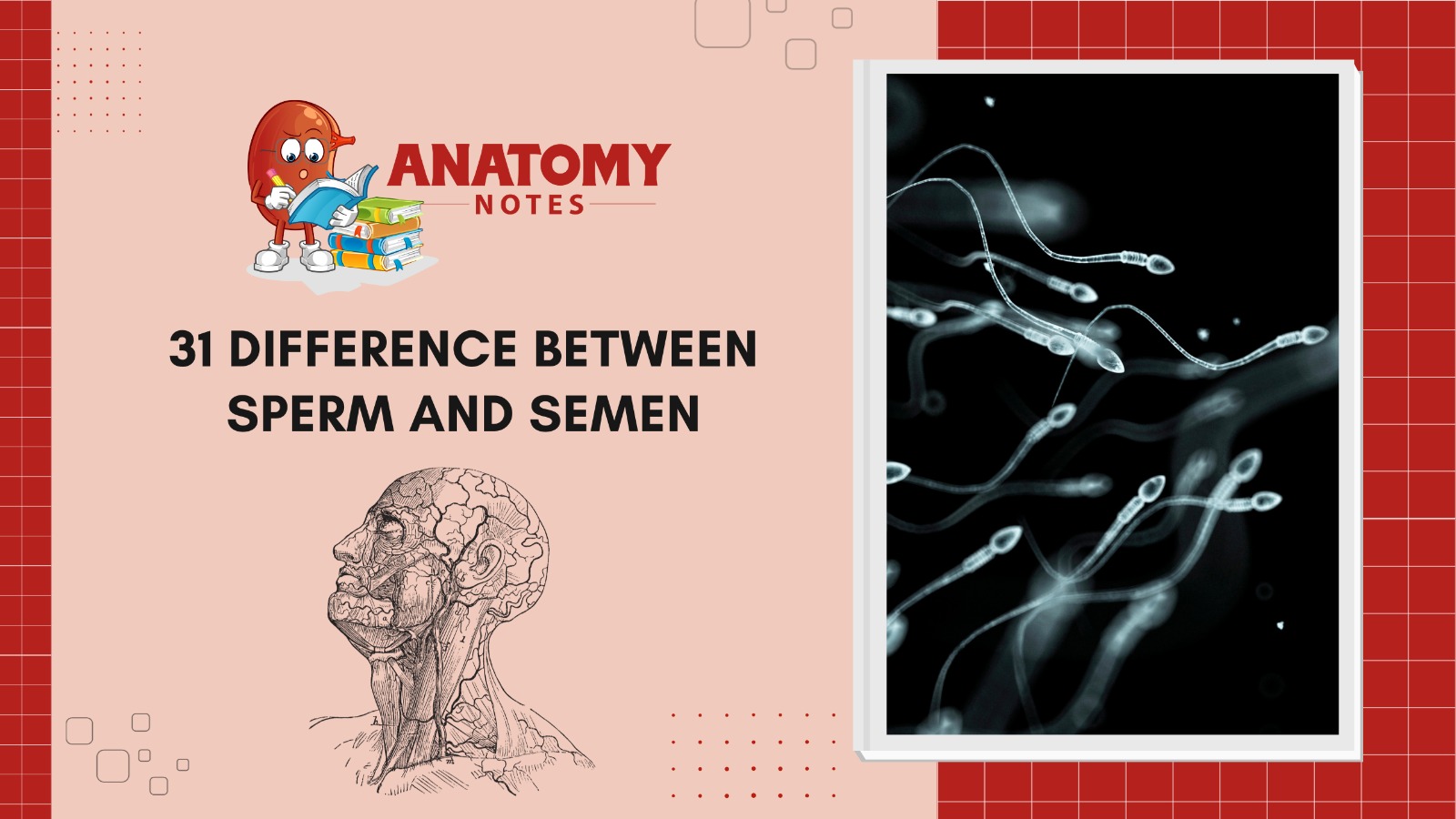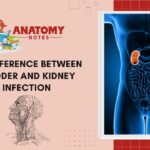Sperm and semen are essential to male reproduction and fertilization. Though commonly used interchangeably, the phrases relate to separate biological compounds with different functions and makeup. Sperm, a small male reproductive cell, fertilizes female eggs during sexual reproduction. Sperm cells mature in the testes before they can move and navigate the female reproductive system. Sperm cells have a head (carrying genetic material), a midpiece (with mitochondria for energy), and a tail (for mobility) to reach and fertilize the egg. A single ejaculation contains millions of sperm, yet only one fertilizes an egg.
Semen, however, nourishes and transports sperm during ejaculation. It contains fluids from the seminal vesicles, prostate gland, and Cowper’s glands. Fructose from seminal vesicles provides most of the semen volume and energy for sperm. Sperm survive in the female reproductive canal because the prostate gland supplies alkaline fluid to the vagina to neutralize its acidity. Cowper’s glands provide lubricating fluid to help sperm glide through the urethra.
Sperm and semen differ primarily in their functions and makeup. Sperm, the male reproductive cell, contains the genetic information needed for conception, while semen transports it. Successful reproduction requires sperm and semen to work together to reach the egg and fulfill their biological purpose. Understanding the distinction between these two components helps us understand human reproduction and the human reproductive system’s extraordinary complexity.
Also Read: Human Reproductive system: Gametes Formation, Organs & more
Here are 31 differences between sperm and semen in a table format:
|
S.No. |
Aspects |
Sperm |
Semen |
|
1 |
Composition |
Single male reproductive cell |
Fluid containing sperm and other substances |
|
2 |
Size |
Microscopic |
Liquid, not measured in size |
|
3 |
Function |
Carries genetic material for fertilization |
Provides a medium for sperm transport |
|
4 |
Production |
Produced in the testes |
Produced by various glands |
|
5 |
Volume |
Very small |
Larger volume |
|
6 |
Mobility |
Sperm cells are motile |
Semen is a liquid and not motile |
|
7 |
Color |
Typically white or translucent |
Milky or whitish |
|
8 |
pH |
Slightly alkaline (around 7.2 to 7.8) |
|
|
9 |
Role in Fertilization |
Essential for fertilization |
Provides an environment for sperm |
|
10 |
Lifespan |
Sperm can survive for several days in the female reproductive tract |
Semen does not have a lifespan |
|
11 |
Genetic Material |
Contains DNA and genetic information |
Contains no genetic material |
|
12 |
Production Rate |
Millions of sperm produced daily |
Produced in smaller quantities |
|
13 |
Primary Components |
Fluid, fructose, enzymes, prostaglandins, etc. |
|
|
14 |
Nutrient Content |
Sperm contain very little nutrients |
Semen contains nutrients for sperm |
|
15 |
Energy Source |
Sperm use energy from nutrients in semen |
Semen provides energy for sperm |
|
16 |
Texture |
Sperm is thick and gel-like |
Semen is a liquid |
|
17 |
Release |
Released during ejaculation |
Released during ejaculation |
|
18 |
Function in Reproduction |
Essential for fertilization |
Facilitates sperm transport |
|
19 |
Production Regulation |
Controlled by hormones like testosterone |
Produced by various reproductive glands |
|
20 |
Role in Male Reproductive System |
Integral part of the male reproductive system |
Aids in sperm transport |
|
21 |
Production Location |
Produced in the testes |
Various glands, including the prostate |
|
22 |
Function in Female Reproductive System |
Necessary for fertilizing the egg |
Provides a medium for sperm to reach the egg |
|
23 |
Lifespan Outside the Body |
Short-lived outside the body |
Can survive for some time outside the body |
|
24 |
Composition Variability |
Consistent in composition |
May vary slightly in composition |
|
25 |
Role in Fertility Testing |
Assessed in fertility tests |
Not typically assessed in fertility tests |
|
26 |
Role in Infertility |
Abnormal sperm can lead to infertility |
Semen analysis can help diagnose issues |
|
27 |
Role in Sexual Pleasure |
Not directly related to sexual pleasure |
Can enhance sexual pleasure |
|
28 |
Role in Lubrication |
Not involved in lubrication |
Can serve as a lubricant during sex |
|
29 |
Role in Protection |
No protective function |
May help protect sperm in the female tract |
|
30 |
Concentration in Ejaculate |
High concentration of sperm cells |
Sperm is a small part of the total volume |
|
31 |
Primary Objective |
To fertilize an egg |
To aid in sperm transport and viability |
Also Read: 38 Differences between Oral Herpes and genital Herpes
Frequently Asked Questions (FAQS)
Q.1 What is the primary difference between sperm and semen?
The fundamental distinction is composition and function. Sperm are male reproductive cells that fertilize eggs. However, semen comprises sperm and male reproductive gland secretions. Semen nourishes and transports sperm.
Q.2 How are sperm made?
Testes create sperm through spermatogenesis. Sperm cells arise after several divisions and differentiation of testes-specialized cells. These sperm cells have a tail for movement and a genetic head.
Q.3 What does semen do in reproduction?
Semen helps sperm reproduce by providing a supportive environment. It transports sperm from the man to the female reproductive tract after ejaculation. Seminal vesicles, prostate glands, and bulbourethral glands produce semen. Sperm are fed and protected by these fluids, improving their chances of fertilizing the egg.
Q.4 Can semen exist without sperm?
Semen exists without sperm. Sperm are essential to semen, although auxiliary glands secrete secretions. Enzymes, fructose, and other fluids make up semen. Infertility can come from azoospermia, the lack of sperm in semen.
Q.5 How do sperm and semen work during ejaculation?
Ejaculation contracts muscles to release semen from the male reproductive system. This sperm-containing fluid exits the body through the penis through the urethra. Semen sperm can enter the female reproductive system during intercourse and fertilize an egg if present.




